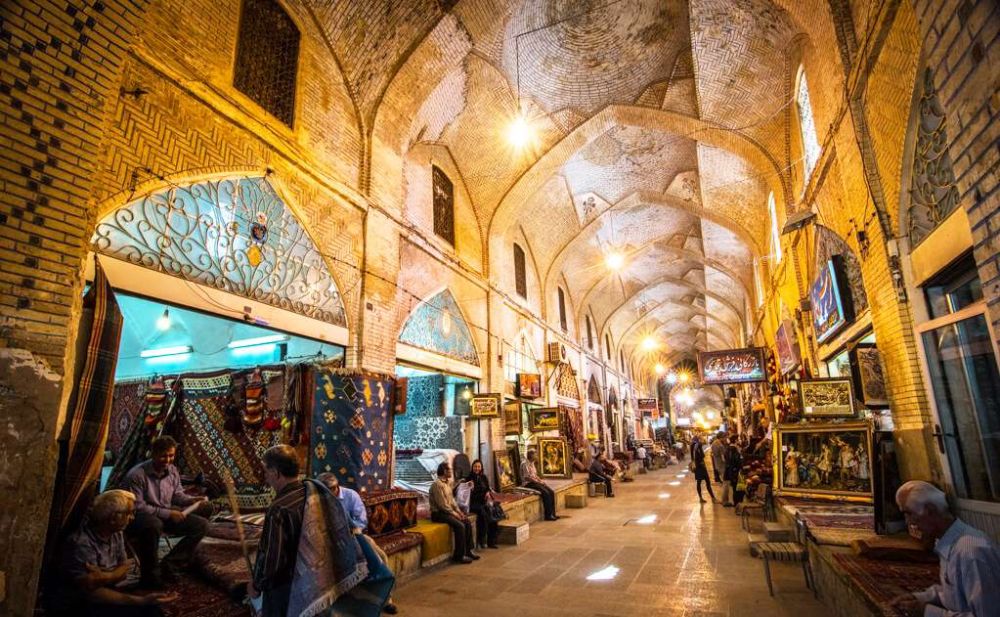

The city of Shiraz in Iran is not just famous for its poetic heritage and lush gardens, but also for its rich history of trade and commerce as epitomized by the Vakil Bazaar. Shiraz has been a hub of economic activity since the ancient times when trade routes crisscrossed Persia, linking the East and West.
Vakil Bazaar traces its origins back to the 18th century, during the Zand dynasty when Karim Khan Zand chose Shiraz as his capital. The construction of the bazaar began in the 1760s, as part of Karim Khan's plan to make Shiraz an economic center. The bazaar was structured to bolster trade and engage with merchants and craftsmen.
With its finely carved column, archways, and spacious hallways, Vakil Bazaar is a prime example of Persian architecture of its time. The infrastructure was created not just to facilitate trade but also to provide a comfortably cool environment in the heat of the Persian summers. Its brickwork and use of natural ventilation have been admired by architects and historians alike.
As travel became more accessible in the 19th and 20th centuries, Shiraz emerged as a key destination on the itinerary of those exploring the ancient Persian Empire. Bold visitors ventured through the bazaar, enchanted by the variety of goods and the vibrancy of Persian culture. Over time, the bazaar has become a must-see destination for tourists seeking to experience the authentic Iranian market life and the rich history of Shiraz.
Today, Vakil Bazaar continues to draw visitors from all over the world. It stands as a lauded example of Iran’s rich cultural and economic past. Tourists frequent the numerous shops selling traditional crafts, Persian rugs, spices, and jewelry. The bazaar is not just a shopping destination but also a place to immerse oneself in the local culture and to observe the traditional business practices that are still alive today.
In recent years, Vakil Bazaar has embraced modern tourism trends without losing its historical essence. Travelers are increasingly seeking immersive experiences, leading to the rise of cultural tours that include crafts workshops and Persian cooking classes conducted in and around the bazaar. Social media and online reviews have also highlighted the bazaar, creating a surge of interest among younger, tech-savvy travelers. Despite the challenges presented by global events, Vakil Bazaar adapts and continues to be a hub of Iranian culture and hospitality.
The historic significance of Vakil Bazaar has not gone unnoticed, and there are ongoing efforts to preserve its architecture and cultural heritage for future generations. By maintaining its integrity as a historical site, it continues to provide a living narrative of Iran's past while contributing to its future through tourism and commerce.
The allure of Vakil Bazaar in Shiraz endures, making it a timeless destination embedded in the fabric of Iranian history and a testament to the enduring spirit of its people.